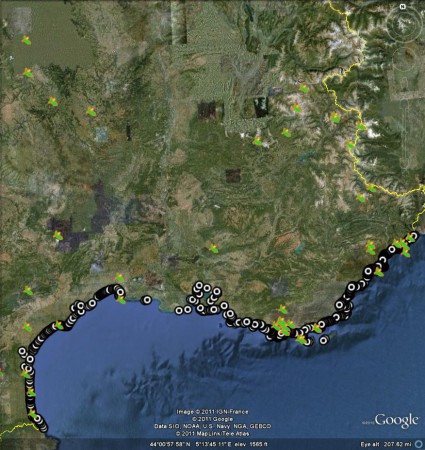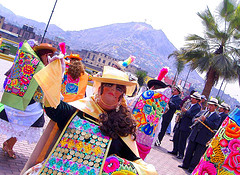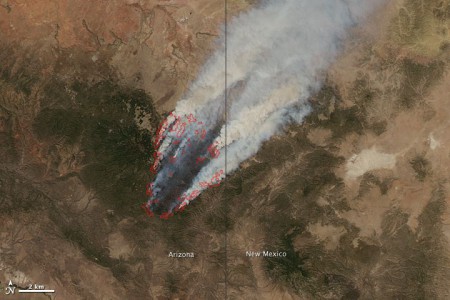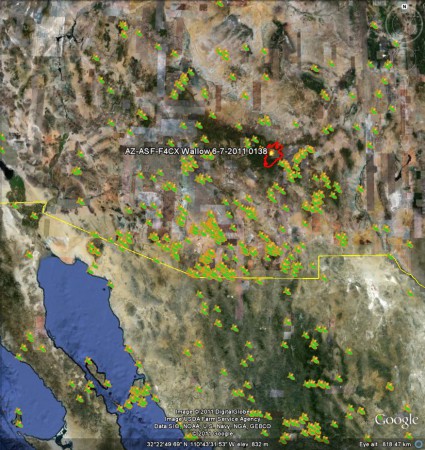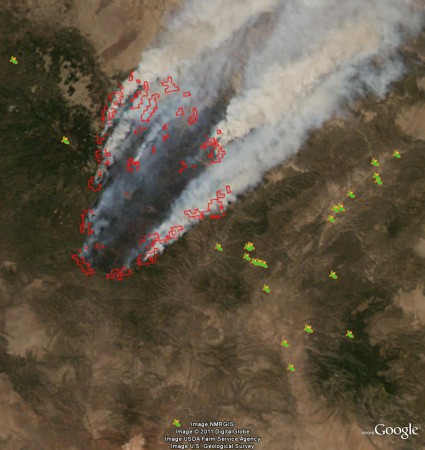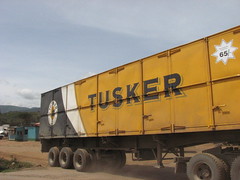So you’re thinking of going on a beach holiday to the south of France. But you’re not sure where exactly. You juggle a thousand variable. Texture of sand. Colour of sea. Number of stars of hotel. Density of restaurants. Average price of wine in the surroundings. You know the kind of thing. A nightmare. But you’re also interested in crop wild relatives. Maybe you can get in some botanizing? Isn’t that the most important thing? Well, if so, help is at hand. Download The Guardian’s handy database of Swimming in Europe. Mash it up with GBIF data on wild Brassica, say. Voilá, pick your beach.
Well, it’s nice and everything, but hardly ideal. What you’d really like in choosing your beach is some idea of species richness, preferably in multiple genepools. GBIF won’t do that, so I suppose one would have to walk the occurrence data through DIVA-GIS, and then export the species richness grid as a shapefile and import that into Google Earth. Except that you need the Pro version for that, and my very precious grant from Google has just expired. But stay tuned. Don’t book anything yet. Working on it.
